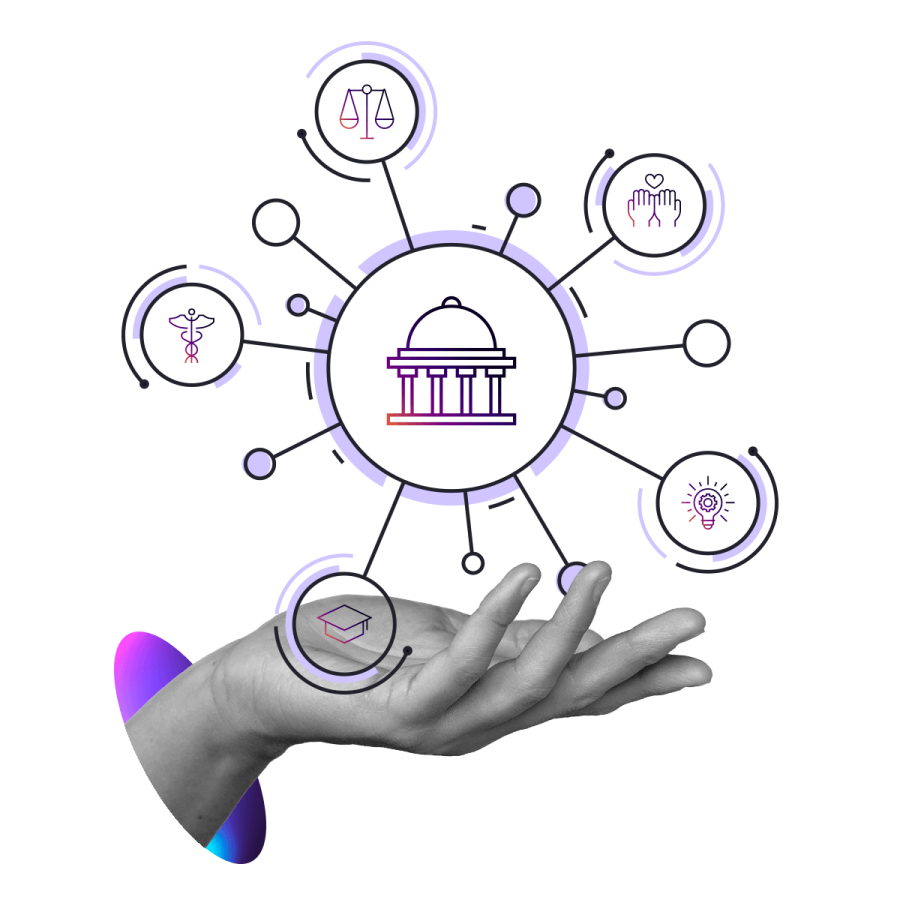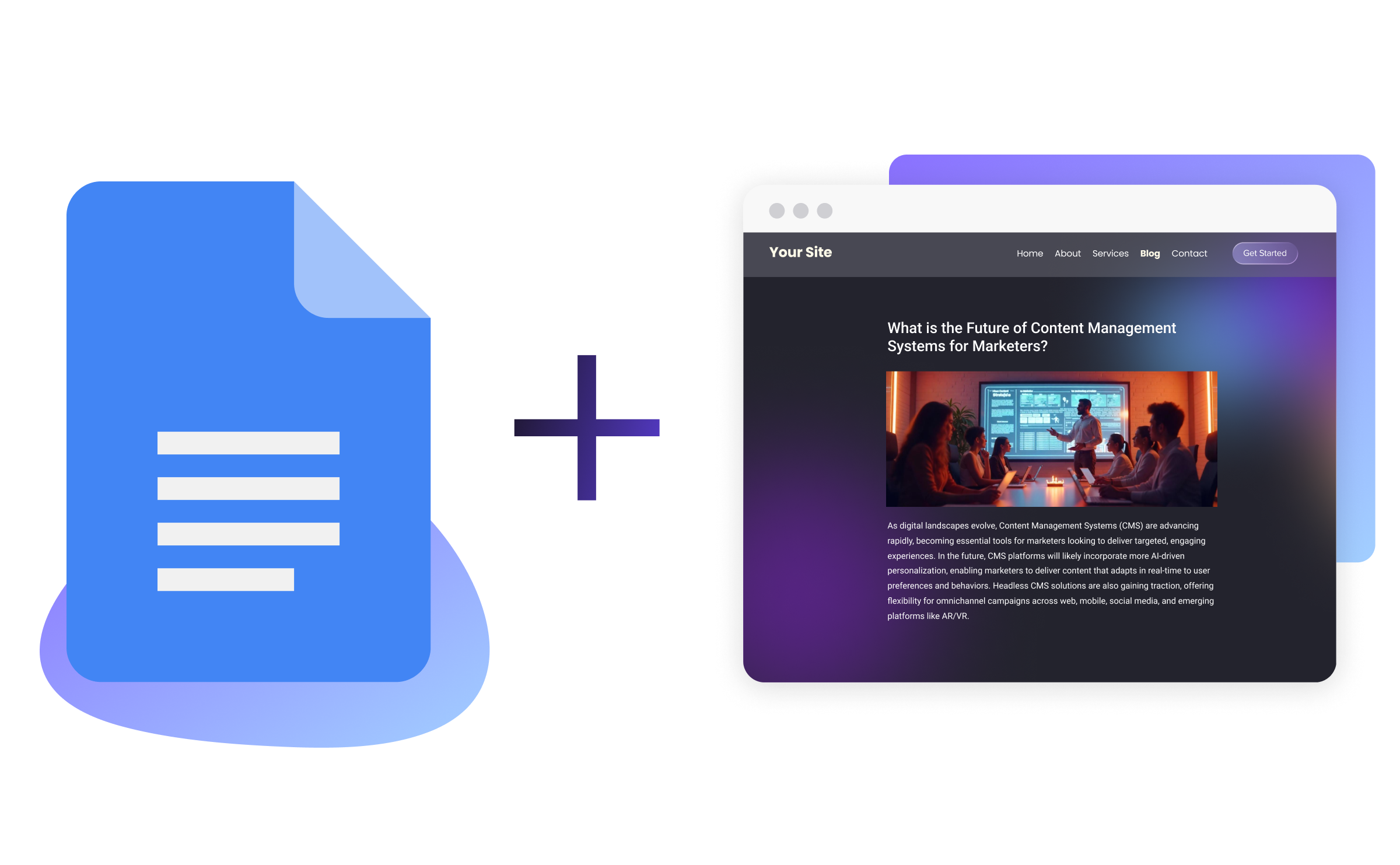How Drupal Can Deliver Scalability and Flexibility for the Public Sector
Image

The public sector faces a unique set of challenges on the web: from a high bar for security to non-negotiable mandates for accessibility. They often can’t go full “digital native” since that would cut off some constituents, but the comparison for what good looks like is consumer-grade software. Legacy processes and platforms slow everything down. In a landscape where institutions have existed for decades, if not a century or more, overcoming these challenges requires a flexible and innovative approach.
Meanwhile, the digital component of public service is only becoming more vital. The demand for online services has grown significantly. Trends that accelerated during the pandemic are only continuing upward. People want the convenience of handling bureaucratic processes online, from filling out forms to accessing essential information. Drupal's strength lies in its ability to meet these evolving expectations.
I recently participated in the Drupal for Civic Engagement webinar. I learned a lot about the challenges that the City of Chattanooga, TN, is trying to overcome with open source technologies. Having worked with Drupal for over two decades, I think its composable nature provides a natural fit for public service uses. Let me explain why.
Image

Composability vs the monolith
Composability means embracing a technology ecosystem working together to achieve a mission. This buzzword has become wildly popular in the private sector over the past decade as people have increasingly acknowledged that no monolithic solution can do it all. With the web being a lynchpin of how government entities deliver services online, the ability to freely compose at this layer is critical, and Drupal excels when the use case requires multiple technologies working seamlessly together to deliver a comprehensive user experience.
Monolithic DXPs make an attractive promise of being a one-stop shop. Easy to procure, simple to train on and low-energy to manage. Why not go to one source for CMS, personalization, multi-site management, and so on? Well, because these all-in-one promises often fail to deliver the promised value.
In contrast, Drupal allows organizations to build the right technology stack with the right components, avoiding the pitfall of an all-in-one approach. The research from Gartner highlights the decreasing popularity of traditional DXPs. [Jump to 15:27 to see the list of vendors that Gartner Peer Insights recommends.]
Basically, a monolith is like a TV set from the 90s that has a DVD and VCR built-in. It sounded good in theory, but what you got was a clunky machine with too many buttons, eventually gathering dust.
Drupal delivers scalability and flexibility, with no trade-offs
There’s no single web platform that will solve all your problems. It’s a puzzle we all have to solve, even in the public sector, and it takes time to find all the right pieces.
I often hear that open source is great for flexibility, but then you have a scalability tradeoff. Imagine you are a state government and you have 100 websites. Drupal does offer the multisite feature and if you stick to it and do it by the book, then you will achieve scale cost-effectively.
However, you will end up with the same cookie-cutter websites. Good for brand consistency, but terrible for stakeholders with different missions and priorities, serving different constituencies and providing different services. They may legitimately need their own navigation panels, taxonomies, drop-down menus, or even to do some composing of their own with mission-specific technology. Under traditional multisite downstream stakeholders are cut off from the full value of Drupal. It turns into just another monolith.
However, the best of both worlds is possible with a WebOps platform that enables you to run independent CMS instances at scale on a distribution model. This satisfies the need for global governance and meets efficiency goals around total cost of ownership, but keeps the full value and potential of Drupal alive for stakeholders at the edge. This “freedom within a framework” approach is a night and day difference, allowing organizations to safely accelerate and unlock innovation through new ways of working (Skip to 20:32 in the webinar recording to hear more on this).
Benefits: Shifting Work Dynamics
The shift towards a composable environment transforms how teams work. Content creators gain empowerment through tools like the layout builder. Developers focus on delivering reusable components, and IT shifts from being gatekeepers to facilitators, ensuring governance and compliance without turning into “the department of no.”
From the perspective of technical practices, Drupal's composable approach brings changes such as using design systems, working with APIs, and managing Drupal as a distribution. This approach not only enhances the developer experience but also streamlines architectural governance. It’s a real win/win.
So Why Drupal?
Drupal's composable nature also emerges as a game-changer for how teams can work across administrative boundaries and even state lines. Governments and their agencies are not really in competition with each other (outside of some niche areas like vying for tourist visits). The same goes for Drupal - it’s an open-source project driven by a large community for the benefit of that community. As such, there’s real upside for public sector groups in realizing the benefits from one another’s investments in a common platform, from sharing best practices for their teams to literally improved functionality for all.
Find out why the City of Chattanooga adopted Drupal to provide its residents with a better user experience in an upcoming blog or skip to CI&T’s Global Head of Engineering Luis Ribeiro’s presentation at 26:08.


